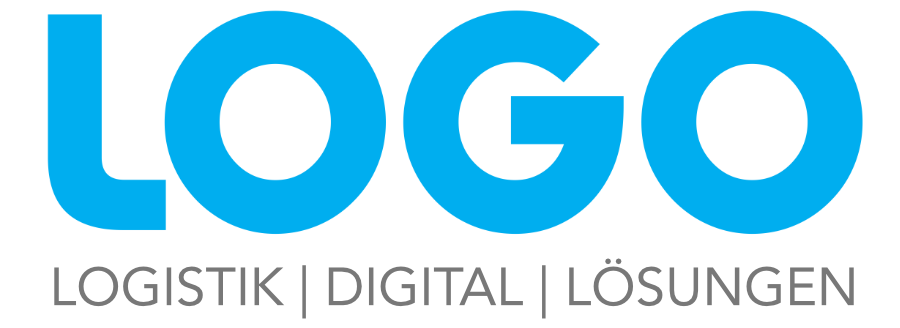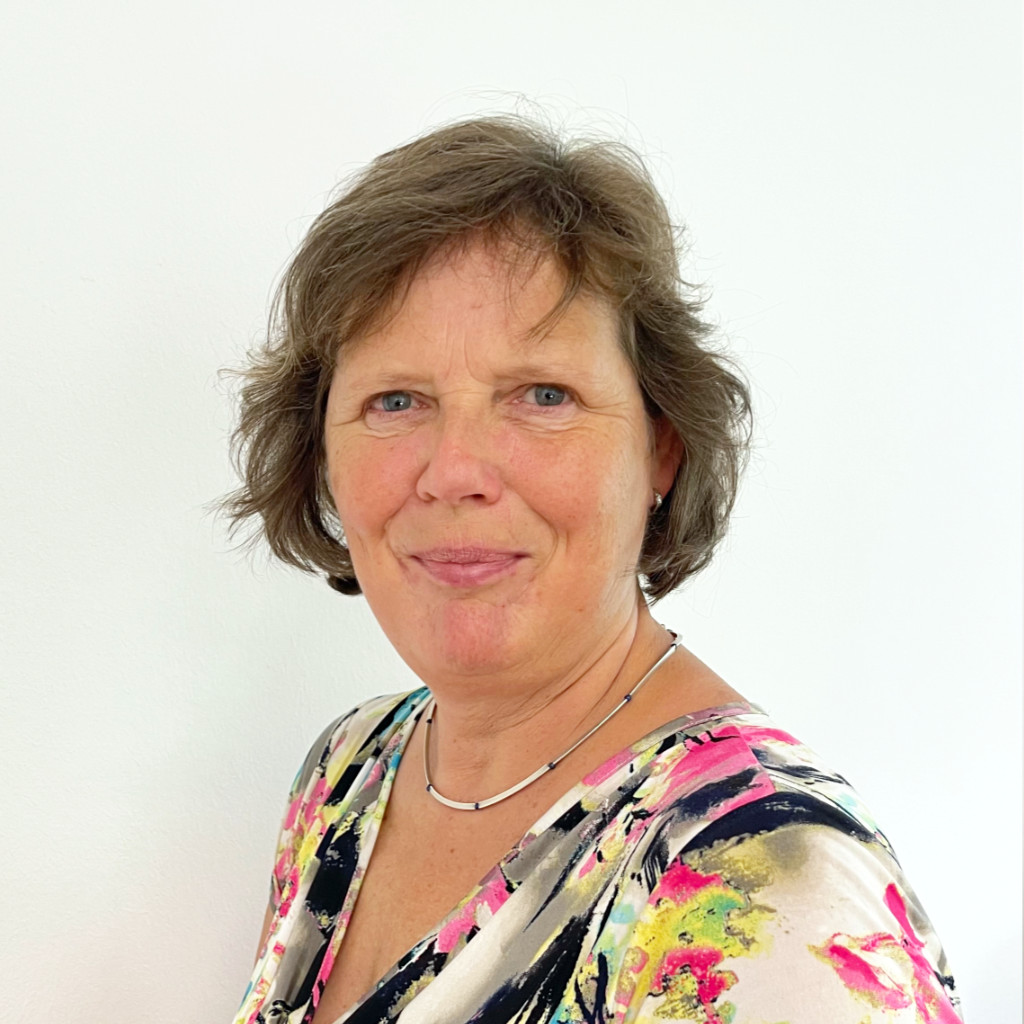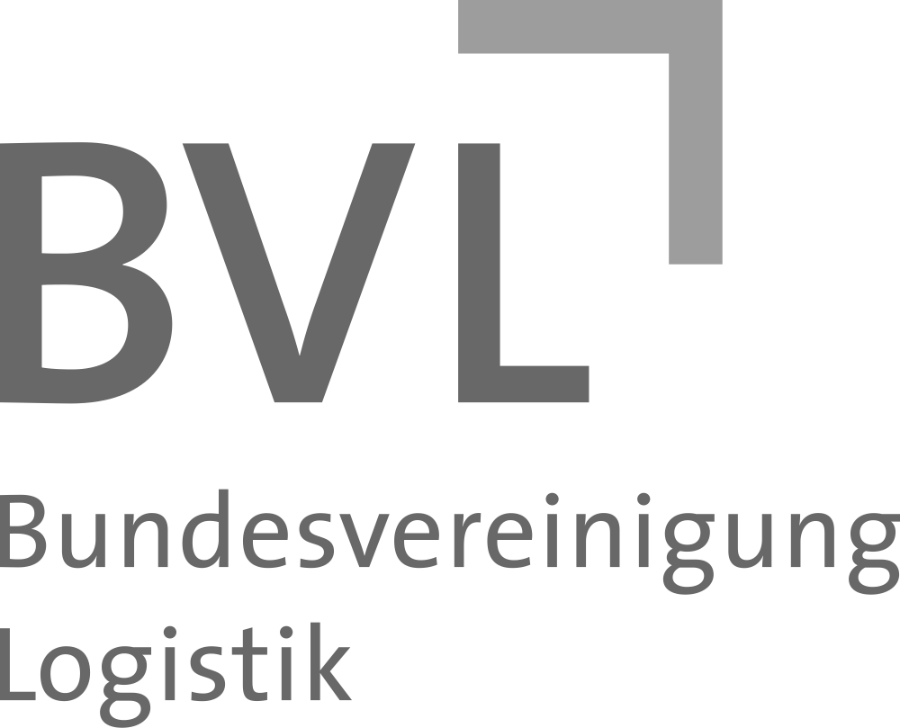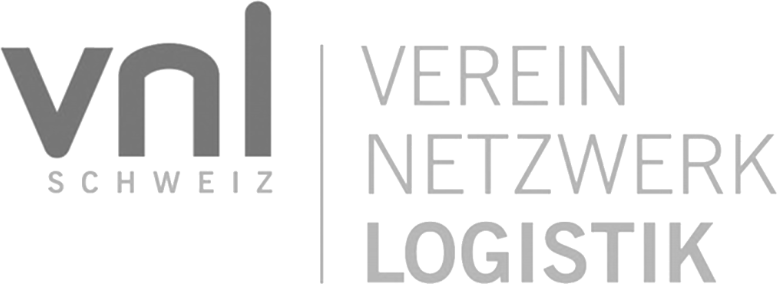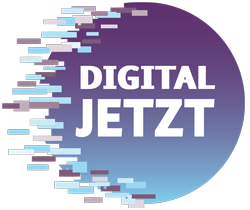Why is it important that your sales people are “happy” at all levels? And why do I claim that you can generate more sales, even more profit, as a result?Sales people who have time for the essentials sell better.
Sales people who have time for the essentials sell better.
Teams that have tools to identify which prospect is truly promising and fits your portfolio of services can put their energy into the right sales activities.
Most people in sales positions like to talk to customers, like to create perfect solutions, like to deal with the real needs of their customers and prospects. Read my blog post on this topic https://www.bvl.de/blog/consultative-selling-professional/
What sales people don’t like to do and what costs them energy is documenting their activities. I’m sure many of them sometimes think, “I’d rather call the next customer right now than deal with this potential and this call report.”
Why does a company make more sales when salespeople are “happy”?
Salespeople need tools to easily and intuitively complete organizational tasks and quickly find all the information they need.
When it’s easy, sales reps are motivated to spend 5 minutes on documentation before moving on to the next opportunity. A successful CRM must make it possible to enter the most important information in the shortest possible time.
We are often asked how the investment and permanent payments in a CRM ultimately pay off. We report that companies that really intensively structure their customer processes and work with a professional B2B CRM experience double-digit growth rates. And then we ask our discussion partners to imagine a sales growth of 5% just once, or of just 1%. That actually always pays for a CRM project easily.
How can optimal processes and a good CRM tool contribute to this?
A look into the working day of a well-organized sales representative:
Let’s imagine the day of a sales representative, let’s call her Vera. On the evening before a customer visit, Vera gathers all the information she can about that customer.

Timeline in the customer file
The customer’s contact history, previous offers, orders, complaints, appointments, call reports. Can she find everything easily and in a structured way in one place? Does it only take her 10-30 minutes? Then she is satisfied and can spend another 20-30 minutes on the potentials and her sales strategy, compiling sales documents, planning the route, etc. Well prepared, Vera goes to her end of the day, sleeps relaxed and starts her new working day well motivated. In the meeting, she has all the important information at hand, knows exactly the customer’s pain points and has already prepared solutions. She makes a competent impression and is able to convince the customer to do further business. She can send the required documents directly in the appointment and on the same day, her office staff sends perfectly matching offers for the new services.

After the appointment, Vera sits down in a café or on the train and briefly dictates the most important results of the customer meeting. All her colleagues can read about how things went the same day. While still on the train, Vera updates her potentials for this customer with a few clicks and then still has time to prepare for the next day and gather all the information for it. She can find all the data – also online – in her CRM.
Time for the essentials: Understanding what your customers need and offering an ideal solution.
Sounds normal to you? In most companies, however, field staff have to painstakingly gather information from a wide variety of places, on network drives, in file folders, in their Outlook or by checking with colleagues. And often, after an appointment, a lot of time has to be spent documenting the conversation. The sales pipeline has to be adjusted manually and often this is not done due to lack of time, so that many hours of work have to be done before the next sales review in order to be able to provide up-to-date evaluations.
With a well-structured CRM that is integrated into the IT landscape, this does not have to be the case if it is used in an ideal way.
And this is how sales managers also become happy employees:
Let’s now take a look at Vera’s boss, sales manager Charlotte. Charlotte wants weekly reports from each of her employees on which customers were visited, what the results were, what offers were made, and which new customers were acquired.

Can Charlotte read this information straightforwardly from the CRM?
Or do the employees have to manually enter their results again every week in the form of an Excel list?
The whole team is certainly happier and can focus on the really important things if these reports no longer require any manual work, as far as appointments, call reports, potentials with sales stages and target customer qualifications are neatly filled in.
When Charlotte can easily and quickly access this information, she has peace of mind that her team is on track. She can turn her attention to sales strategy:
- Which of the existing customers could still be expanded.
- Where is there a risk of churn?
- Which of the potentials and target customers in the CRM fit in with the company’s own portfolio, and are the sales people on the right track to unearth precisely these treasures?
- Is time being invested in conversations that have a very low chance of success or that promise only low sales?
- Can we take countermeasures and point the sales staff to the right strategy?
Integration between all IT systems brings transparency
If there are links between operational data and CRM data, the sales manager can check whether new products are already doing well and compare that with the potential for the next quarter. She can instruct her sales staff to present promising services in a targeted manner in the next customer meetings.
Out of the silos for sales and marketing
When sales and marketing share a CRM database, Charlotte can still see marketing activities and steer them in the right direction.
Did marketing really identify interesting leads through the last campaign? Which employee should take care of further qualification?
Which customers should be invited to the next event and which prospects could be brought closer to conversion from the current qualification through a mailing?

Visualizations for quick insights
Meaningful management and customer dashboards are available for executive management, so many questions that took a lot of time to answer in the past are answered at a glance, because a visualization is grasped much faster than a bunch of tables and slides.
Target conversations made easy
Performance dashboards are available as a basis for target discussions with employees, so no one has to spend a lot of time compiling data in advance. So here, too, you can focus on what’s important: The motivation of the employee, the targeted sales management towards the goals set by the management.
Optimized processes increase efficiency at every hierarchical level
A CRM that is optimally integrated into the process landscape thus saves many hours per week for all hierarchy levels. Data maintenance is simple and intuitive, can also be recorded on mobile devices, and is even easier with the support of the dictation function.
This article was published on 15.02.2022 in the BVL-Blog.
